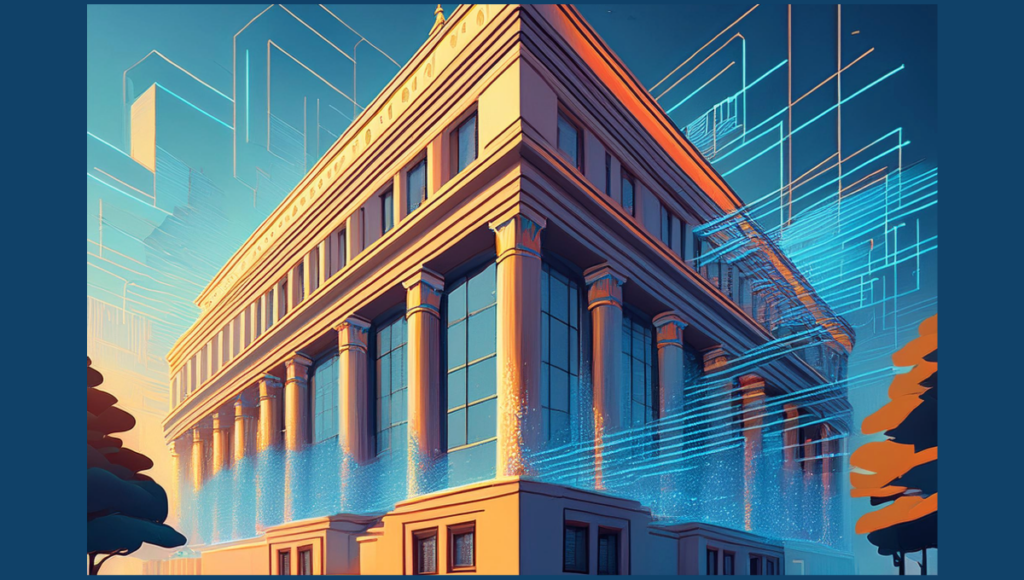Obsolescence:
The rapid pace of technological advancement means that even the most cutting-edge smart building systems today could become obsolete in a few years. This challenges building owners and operators who invest in these systems, as they need to ensure their investment remains valuable and functional in the long term.
Legacy Planning:
To mitigate the risks of obsolescence and ensure a smooth transition as technology evolves, it is crucial to incorporate legacy planning into smart building strategies before systems become outdated. This involves proactive measures to address potential obsolescence and extend the lifespan of current technology investments.
Common Issues:
- Incompatible Protocols: Legacy systems may use outdated communication protocols that are incompatible with newer technologies, requiring additional hardware or software to bridge the gap.
- Obsolete Hardware: Outdated hardware may lack the processing power or memory capacity to handle the demands of modern smart building systems, necessitating costly replacements.
- Suboptimal System Configurations: Existing systems may have been configured to hinder seamless integration with new technologies, leading to inefficiencies or requiring extensive reconfiguration. During the commissioning process, potential integration points may have been overlooked, making it difficult to add new systems without significant modifications.
Key Strategies :
- Modular and Scalable Systems: Opt for modular and scalable systems that allow for easy upgrades and replacements of individual components rather than complete overhauls. This ensures the system can adapt to new technologies without extensive disruption.
- Open Protocols and Standards: Prioritize systems that utilize open protocols and standards, ensuring interoperability and compatibility with future technologies. This avoids vendor lock-in and makes it easier to integrate new systems as they become available.
- Future-Proof Infrastructure: Design the building’s infrastructure with future technologies in mind. Ensure adequate power, network connectivity, and physical space to accommodate future upgrades and expansions.
- Lifecycle Management: Implement a lifecycle management plan for smart building systems, including regular maintenance, updates, and proactive replacement of components nearing obsolescence.
- Vendor Partnerships: Establish strong relationships with technology vendors and service providers to ensure ongoing support and access to the latest upgrades and innovations.
- Data Management and Security: Implement robust data management and security practices to ensure the long-term integrity and accessibility of data generated by smart building systems.
Benefits of Proactive Legacy Planning:
- Cost Savings: Avoid costly and disruptive system replacements.
- Extended System Lifespan: Maximizing the value of existing technology investments.
- Future-Readiness: Ensuring the building remains adaptable to emerging technologies.
- Operational Efficiency: Maintaining seamless building operations during technology transitions.



